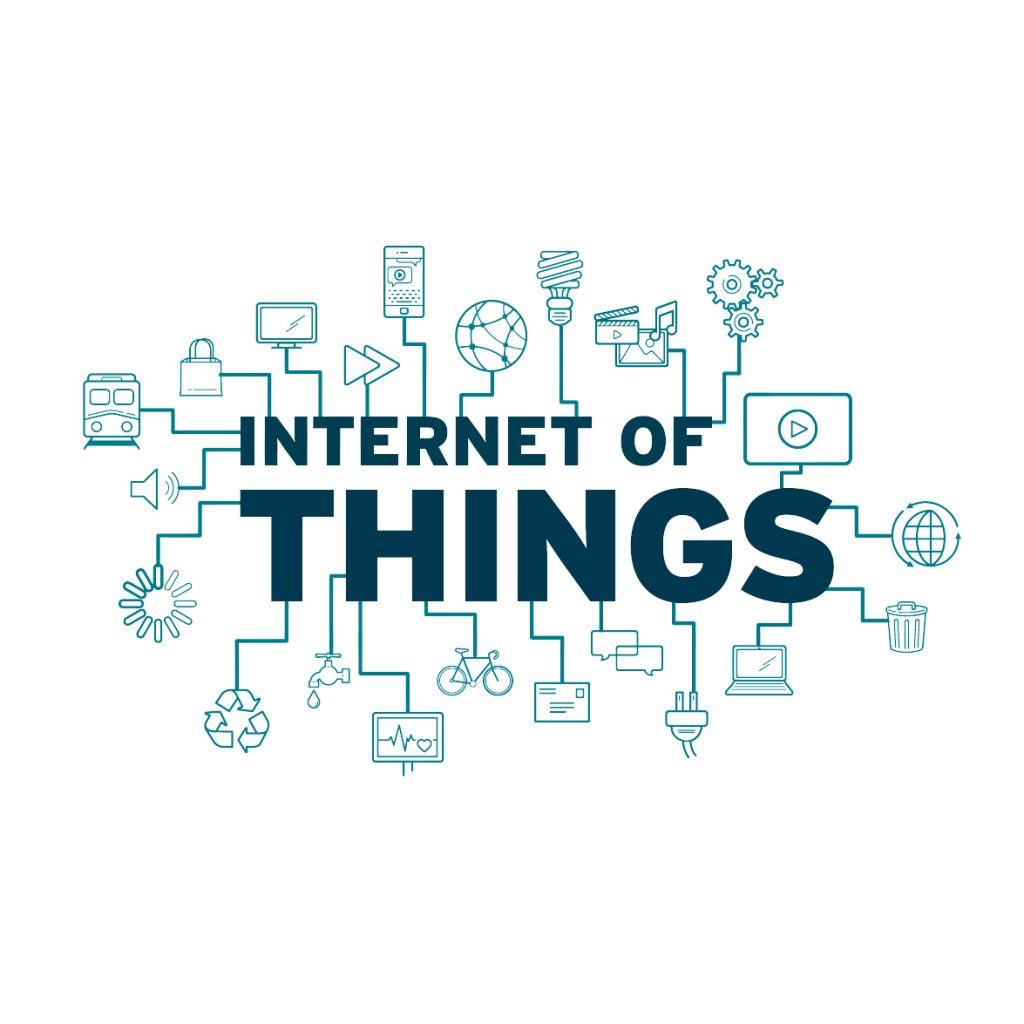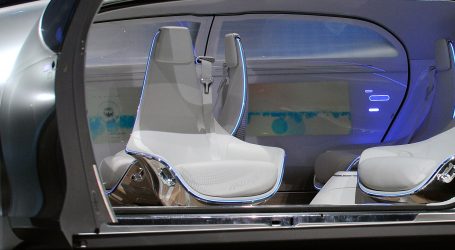Is the Internet of Things the Next Big Thing in the Future?

The Internet of Things has been receiving so much attention nowadays along with artificial intelligence. A recent survey conducted by New Harbor Research showed that 45 percent of of developers are already developing IoT applications while 77 percent are excited about its potential in the future. In fact, building IoT devices is a burgeoning industry with new devices being built everyday, and experts are predicting that it will continue to rise up to 30 billion by the year 2020.
Just think about how all things become interconnected and controlled by artificial intelligence making the ordinary things we see everyday armed with smart capabilities – being able to control your hot shower temperature using your smartphone, being able to adjust the color and lighting of your house, or being able to control your appliances using your smartphone even when you are at work.
But like any new technology, there remains a question of how well it will fare in the future.
The Market for the Internet of Things
Despite all the excitement and innovation of IoT devices, the research conducted by Harbor reveals that the vendor ecosystem that caters to the Internet of Things is still divided among small, fragmented groups. Even with all the talk happening from bigger corporations about smart devices that are interconnected with each other, the business model that they follow is still considered rigid, too crowded, and very expensive to develop and sustain any new growth.
Meanwhile, as these companies are trying to figure out things, there is a huge opportunity waiting just outside their doors – the opportunity to develop modern and automated tools of information and communication that the 21st century users desperately need.
Although big traditional companies like Intel are preparing themselves for the reality of the Internet of Things, the question is whether they are willing or not to change how they do business in order to make way for these new reality.
The Few Who Dare
Although the big and established corporations are still playing hide and seek with what to do with the Internet of Things, there are those who dare to place their bets on this future reality.
Tom Siebel, an early employee of Oracle and founder or Siebel Systems, a software company that inspired followers like Salesforce to be established, has placed his bet on the Internet of Things. However, he is not just thinking of consumer electronic gadgets but a more complicated and ambitious one – connecting medical devices and all other types of equipment from various industries used by large companies.
His latest company called C3IoT has been focusing on research and development on how to connect physical infrastructure of various businesses in different industries so that they can become profitable.
As of now, Siebel’s company is already offering software in fraud detection, data storage and analysis tools, and a cloud platform which enables companies to create their own applications.
Aside from Siebel, another research firm called IDC is also making an ambitious prediction saying that the industry will amount up to $1.7 trillion by 2020.
IoT and Nano Technology
Aside from the brave startup companies, scientists are also making innovations to make the Internet of Things become more accessible and easy to use. Scientists have been shrinking these sensors to nanometer size, small enough to be injected into living organisms or mixed directly into construction materials. If this venture becomes successful, it will greatly impact not just the commercial industries but the health industry as well.
This undertaking is not without its challenges. One of the biggest challenge of using nano-technology to the Internet of Things is, according to Scientific American, “to integrate all the components needed for a self-powered nanodevice to detect a change and transmit a signal to the web.”
However, once these challenges are hurdled, there will be a clearer, cheaper, and up-to-date images of everything – from our cities to our bodies.



